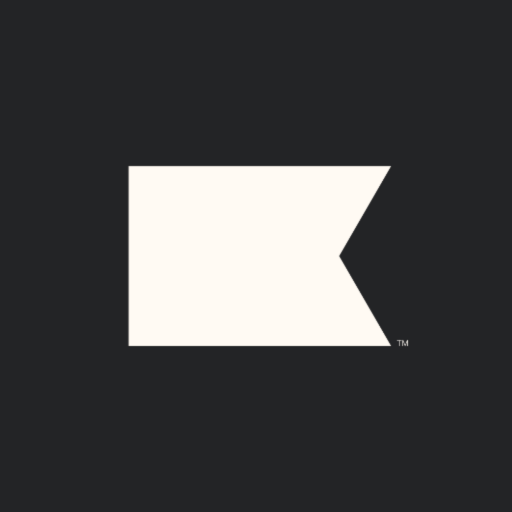On Starting An Organic Coffee Brand With Only $7,000
Hey! I’m Matt Bachmann, the CEO and co-founder of Wandering Bear, a direct-to-consumer and wholesale coffee company specializing in extra strong, surprisingly smooth, and sustainably packaged organic coffee.
Our flagship product is the Extra Strong Straight Black Cold Brew – each glass is equivalent to two espresso shots or 150 mg of caffeine; in our seven-year-long journey to perfect the best-tasting, strongest coffee products on the market we’ve expanded our offerings to include flavored cold-brew, Coarse Ground Coffee and most recently extra coffee pods that are not only the best tasting on the market but the strongest caffeine content.
Uniquely packaged, Wandering Bear is for coffee drinkers of all ages whether they’re at home, at work, or on the go. You can find Wandering Bear in thousands of stores around the country and just about anywhere you look to shop for food on the internet (including Amazon and our site).
 Sorry, you need to login and/or become a member to view the rest of this content.
Sorry, you need to login and/or become a member to view the rest of this content.

Download the report and join our email newsletter packed with business ideas and money-making opportunities, backed by real-life case studies.

Download the report and join our email newsletter packed with business ideas and money-making opportunities, backed by real-life case studies.

Download the report and join our email newsletter packed with business ideas and money-making opportunities, backed by real-life case studies.

Download the report and join our email newsletter packed with business ideas and money-making opportunities, backed by real-life case studies.

Download the report and join our email newsletter packed with business ideas and money-making opportunities, backed by real-life case studies.

Download the report and join our email newsletter packed with business ideas and money-making opportunities, backed by real-life case studies.

Download the report and join our email newsletter packed with business ideas and money-making opportunities, backed by real-life case studies.

Download the report and join our email newsletter packed with business ideas and money-making opportunities, backed by real-life case studies.


















